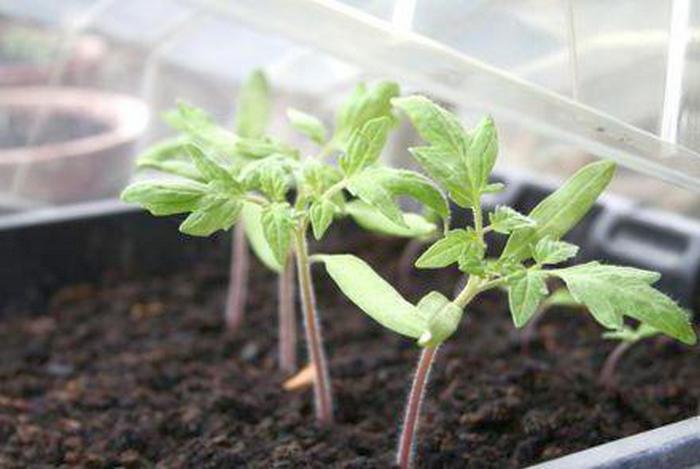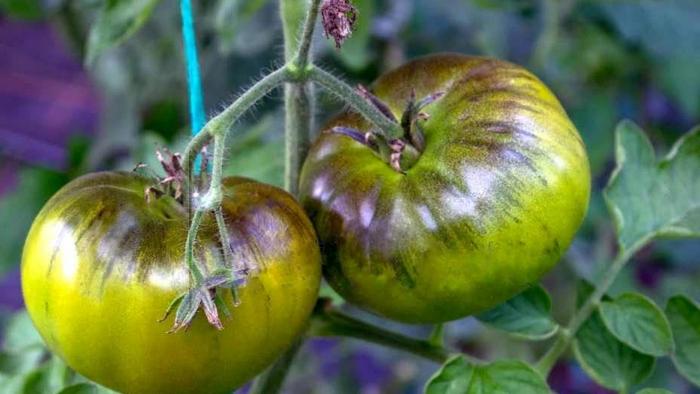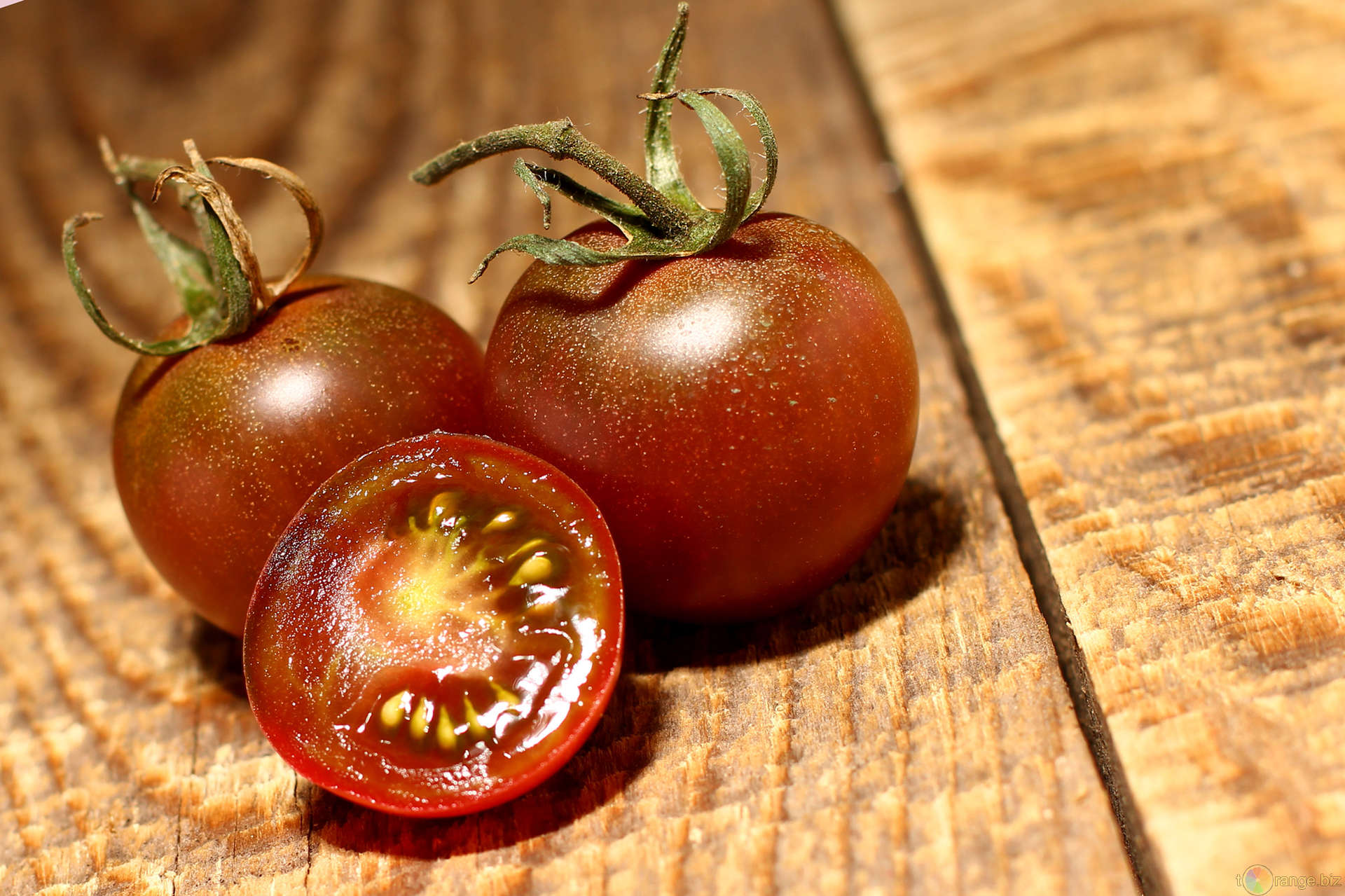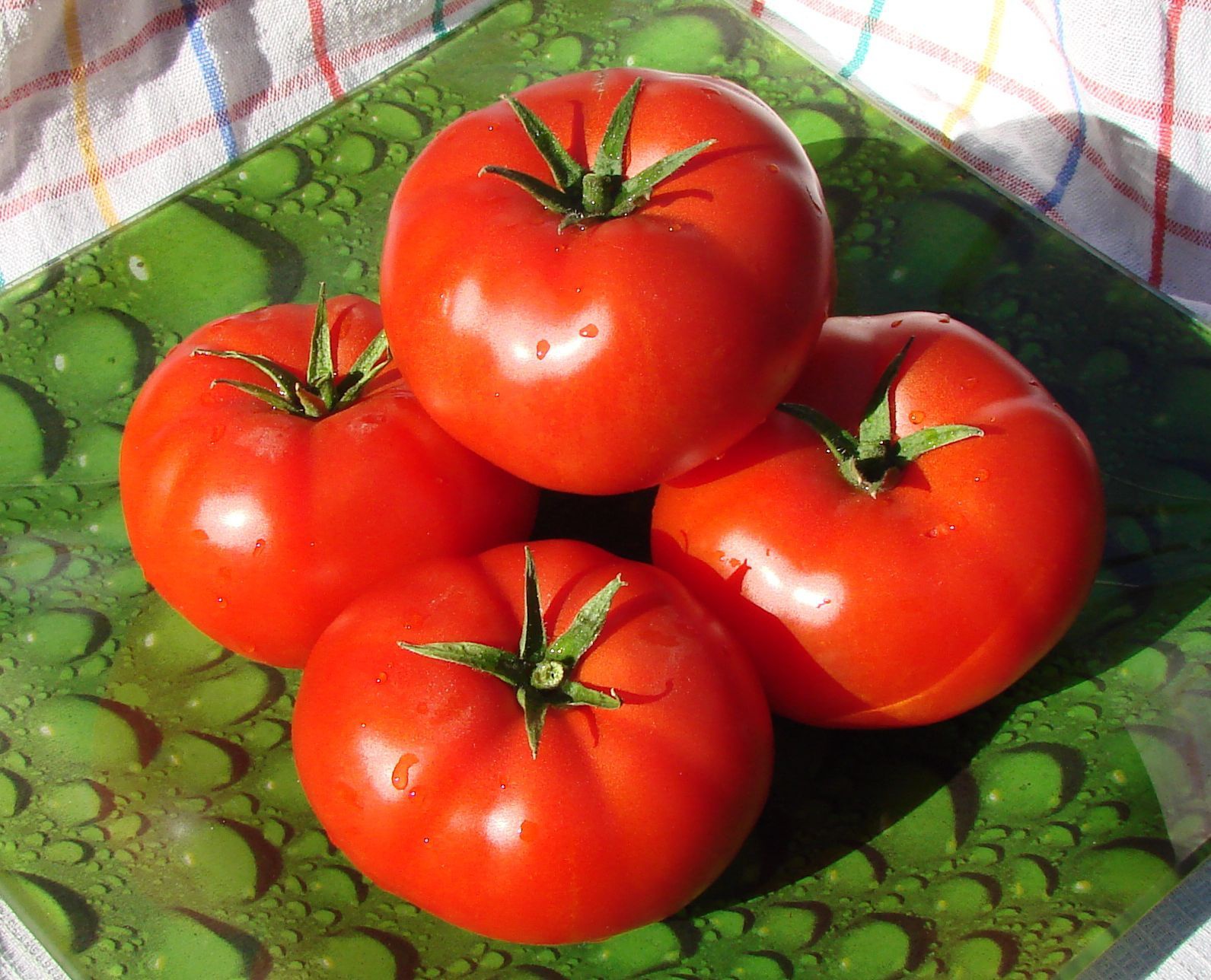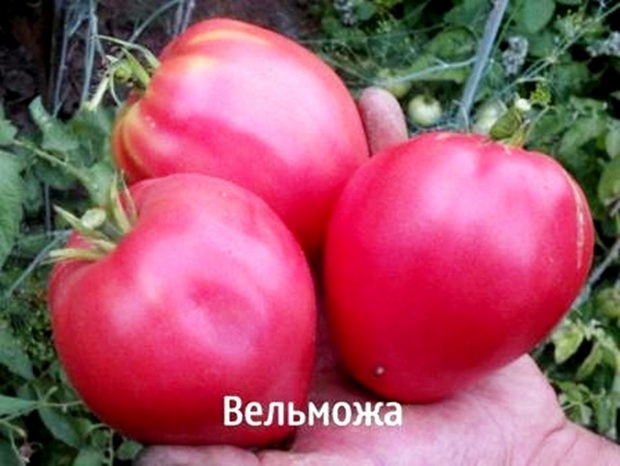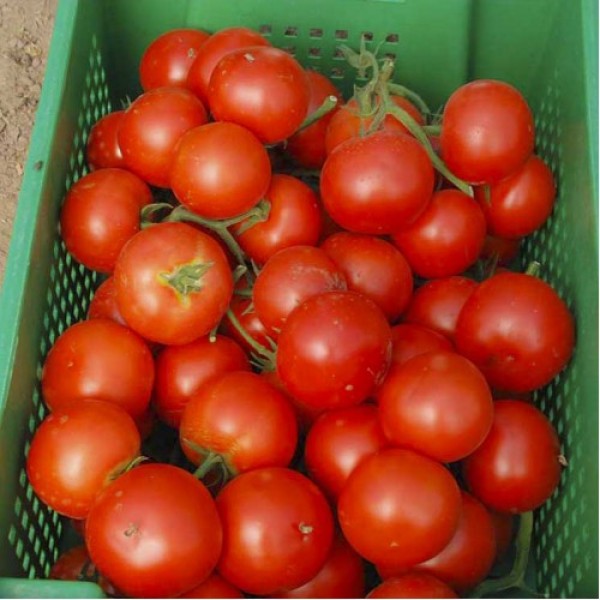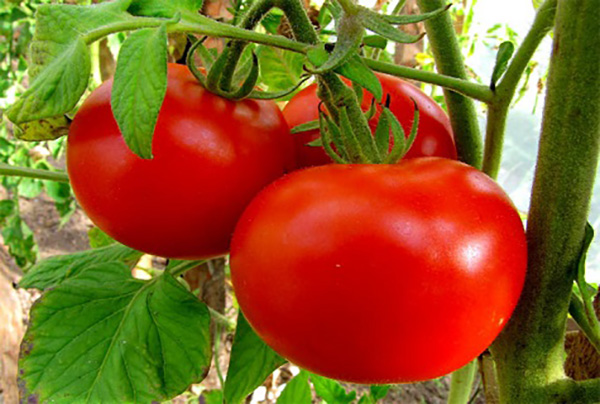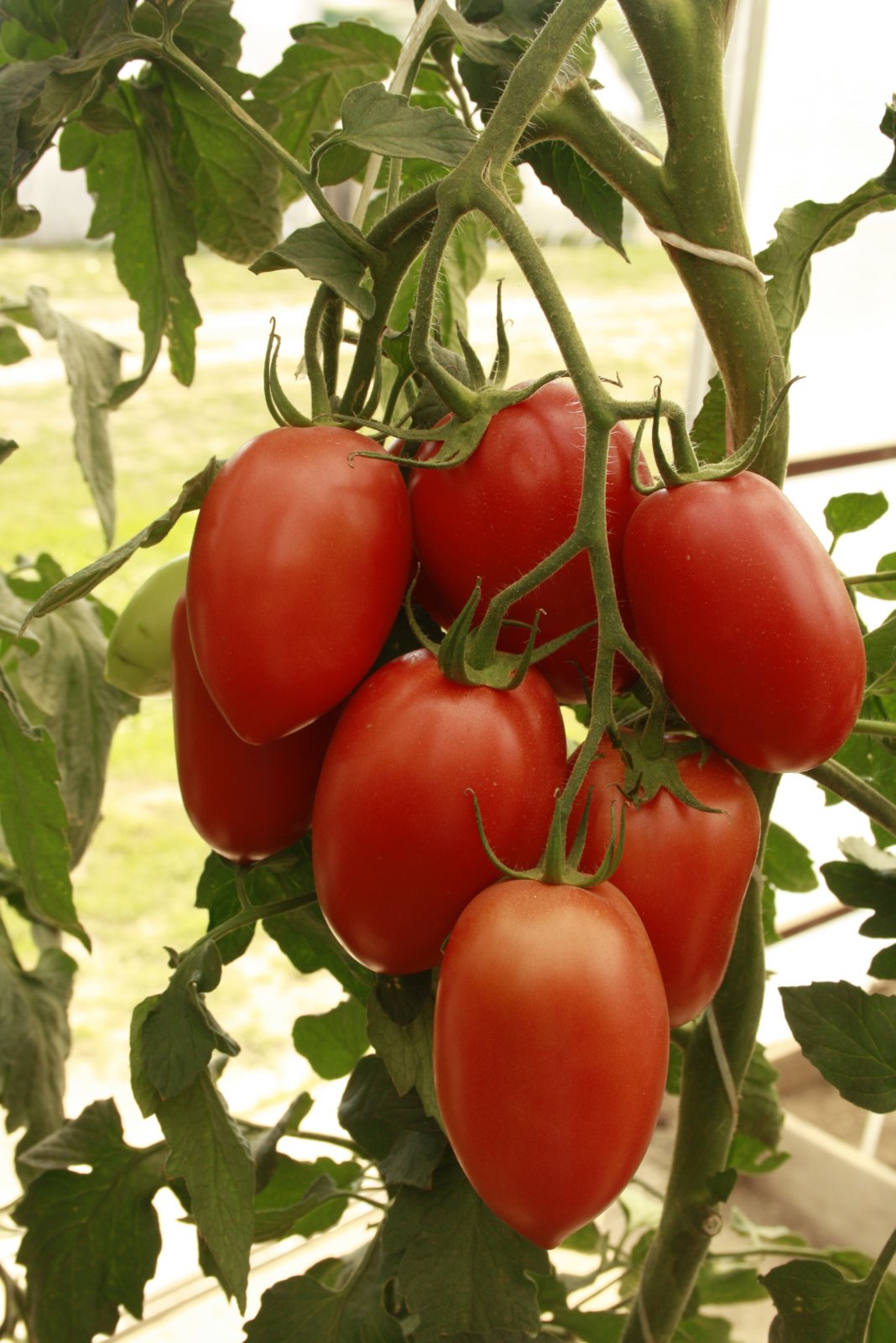Among all varieties of tomatoes, high-yielding early-ripening varieties with fruits with dense pulp are most appreciated - the Marmande tomato (Super-Marmande) fits this description perfectly. Unpretentiousness, good transportability, excellent taste - all this allows you to grow plants everywhere without much trouble.
Content:
Description and characteristics of the Marmande tomato variety
The homeland of tomatoes is the American continent, they came to Europe thanks to the Spanish colonialists. Over time, these plants began to be widely used in canning, cooking, and juice making. Tomato Marmande was bred in the Netherlands at the beginning of the 21st century, having managed to gain popularity among European farmers and domestic summer residents.
Tomato bushes of this variety have the following characteristics:
- indeterminacy - they grow up to 1.5 meters in height;
- bee pollination - they need to be planted in open ground;
- compactness - 1 m2 6-8 plants can be placed;
- with moderate feeding, they form up to 5-6 ovaries at the same time;
- early maturity - 3 months (80-100 days) pass between the pecking of the seeds and the ripening of the first fruits;
- average yield - up to 7.5 kg per bush;
- tomatoes are thermophilic, they do not tolerate frost, therefore they are grown in seedlings, planted in open ground in the phase of the appearance of the first flowers.
Important: Marmande tomatoes are resistant to verticilliosis, fusarium and many other diseases.
Plants bear fruit for 1.5-2 months (with early planting - from June to early August). Fruits of medium size, weighing 140-170 grams, round, flattened, in the process of ripening change color from pale green to scarlet. The skin and flesh are firm and can be transported over long distances. When canning, they maintain their integrity, do not burst in cans.
Growing features
In the southern regions, they are planted immediately in open ground, as soon as the optimum temperature is established (+10aboutFROM). In the middle lane, they are planted for seedlings in early March. Before the emergence of shoots, the ground is covered with a film or plastic container. Water when the earth dries up.
Note: seedlings before planting outside should be hardened by standing on a balcony, in a greenhouse or on a veranda. Adult plants especially need this.
Finnish Marmande tomatoes are unpretentious, they grow even on poor clay soils. To increase the yield, seedlings are placed on light sandy loam soils or sand is placed in the hole when planting to provide aeration.
Important: according to the description, Marmande tomatoes are not hybrids, so in late August - early September you can bring one of the fruits to full maturity and collect your seeds.
Disadvantages of the variety
The disadvantages of the variety include:
- low yield (10-11 kg of fruit are obtained from the Rosemary F1 bushes and other hybrids);
- the need to tie up plants (a garter is best done when planting seedlings);
- instability to low temperatures;
- bee pollination - growing tomatoes in a greenhouse is accompanied by the difficulties associated with artificial pollination.
From the description it becomes clear that the Marmande tomato is suitable for novice summer residents: the plants are easy to care for, they have strong immunity, and the first fruits can be obtained in June. However, due to poor frost resistance, it is necessary to cover the plants and wait for the time when they recover after transplanting. Seeds of northern selection (for example, from Finland) are more adapted to temperature fluctuations.

